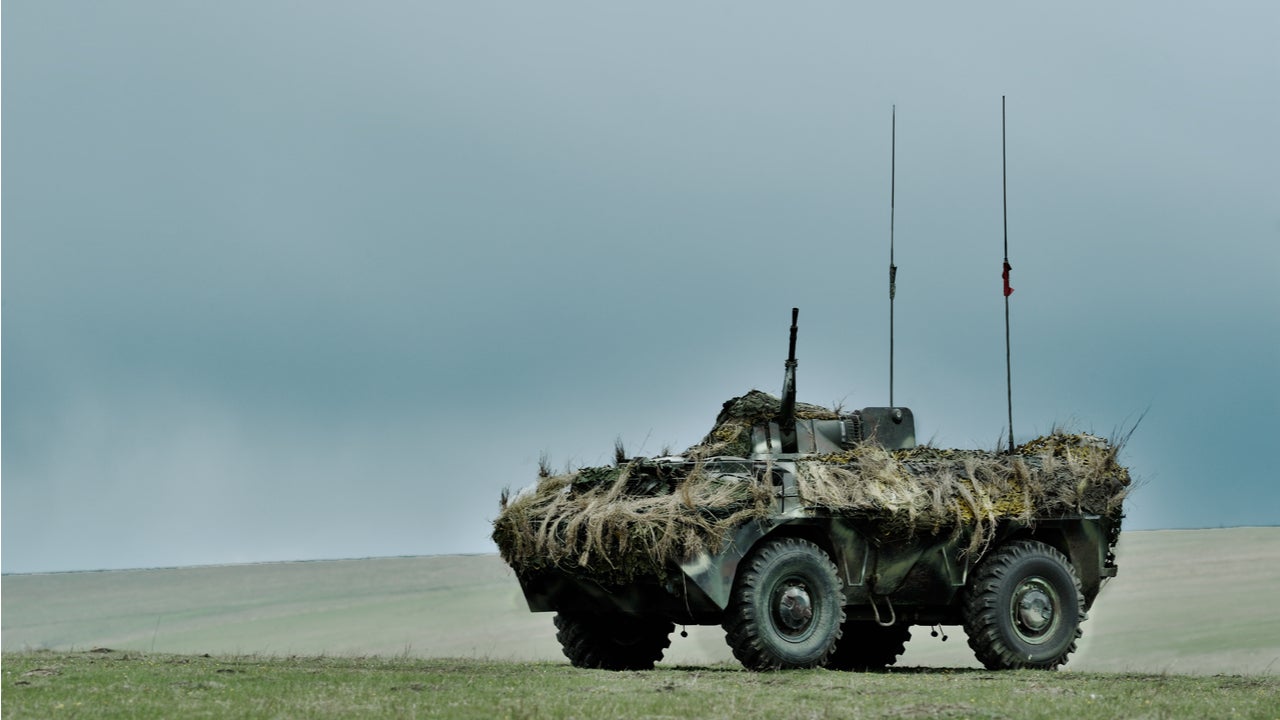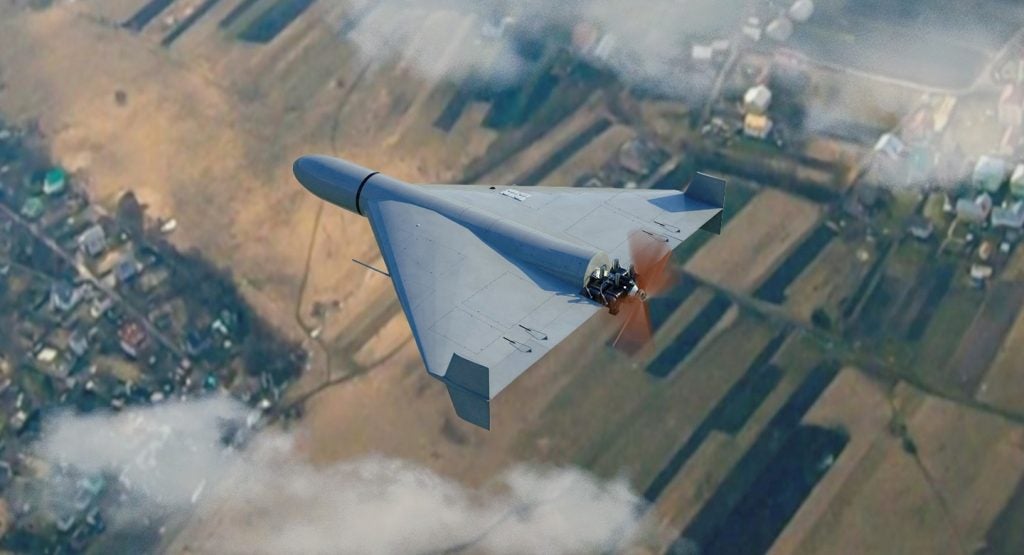Electric vehicles (EVs) have the potential to transform the capabilities of armoured vehicles and logistical and tactical trucks. Their adoption into the Armed Forces is quickly becoming a reality and whilst there are technical stumbling blocks to be resolved before EVs are used in a combat setting, the new technology is already being utilised in some barracks.
Listed below are the key defence trends impacting the EV theme, as identified by GlobalData.
Hybrid vehicles as first stage of development
There is currently a focus on the development of hybrid vehicles for use in the Armed Forces, prior to fully electric vehicles being used. The US and UK armies have independently commissioned the development of hybrid vehicles. The US Army awarded the University of Wisconsin a contract to research how hybrid powertrains can be integrated into the fleet. Furthermore, the electric light reconnaissance vehicle (eLRV) being explored by the US Army will likely be initially equipped with a hybrid system before moving to fully electrification.
The same can be said for the UK’s Protected Mobility Engineering & Technical Support (PMETS) programme to electrify the MAN SV, Jackal and Foxhound vehicles. BAE Systems is also heavily focusing on producing hybrid vehicles including heavy-duty trucks, and buses.
The reasoning behind the development of hybrid vehicles before full electrification is that it means that some of the benefits of EVs can be gained before some of the hurdles of full electrification are overcome.
See Also:
Armed Forces greening strategies
Greening strategies that are being implemented by many Armed Forces are driving the move towards EV integration into current fleets. EVs produce low emission levels compared to traditional internal combustion engines. The UK, the US, North Atlantic Treaty Organisation (NATO) and the Environmental Defence Fund (EDF) are amongst those currently looking to reduce the environmental impact of their activities on the environment.
How well do you really know your competitors?
Access the most comprehensive Company Profiles on the market, powered by GlobalData. Save hours of research. Gain competitive edge.

Thank you!
Your download email will arrive shortly
Not ready to buy yet? Download a free sample
We are confident about the unique quality of our Company Profiles. However, we want you to make the most beneficial decision for your business, so we offer a free sample that you can download by submitting the below form
By GlobalDataAdditionally, the alternate benefits of greening strategies, such as reduced cost and fewer vulnerable supply chains, will also encourage militaries to reduce their environmental impact.
Supply chain consolidation
Lithium is currently in high demand as use rises and the prevalence of the element decreases. Used in lithium-ion (Li-ion) batteries, lithium is currently vital to powering EVs. Currently, China dominates the lithium market and therefore it is likely that Western EV manufacturers will seek to consolidate the lithium supply chain in order to secure the ability to continue li-ion powered EV production.
Portable miniature nuclear reactors
One of the more niche, but nonetheless important, trends is the development of mini nuclear reactors. These are being actively developed by countries including the US, UK, Canada, and China in an attempt to find a solution to the question of how to charge EVs in the field. In instances where no power grid access is available, or until a lightweight solution to carrying batteries is found, the mini nuclear reactors could offer an alternative source of power.
The US Department of Defence (DoD) is running Project Pele to develop a forward deployable reactor with a combined contract value of $39.7m. The timeline aims for a prototype to be ready for the end of 2023. The companies currently involved in Project Pele are BWX Technologies, Westinghouse Government Services, and X-Energy.
The reactors will be able to provide large amounts of energy, which would reduce the need for long and vulnerable supply chains to the front line. Furthermore, they would be transportable and deployable and would be able to cool without the need for water electricity in case of emergency.
Development of tactical and logistical vehicles first
Another key trend within this theme is the production and development of tactical and logistical EVs before armoured combat vehicles. The US Army currently developed a light reconnaissance vehicle, with current EVs in use mainly as much smaller transport vehicles that are used on the base.
The UK is also funding the development of potential electric replacement of its MAN SV tactical truck, Foxhound light multirole vehicle, and the Jackal light multirole vehicle. Until certain hurdles such as charging and weight are overcome, it is likely that tactical and logistical military EVs will continue to take centre stage.
This is an edited extract from the Electric Vehicles (EV) in Defense – Thematic Research report produced by GlobalData Thematic Research.










Related Company Profiles
BAE Systems Plc
BAE Systems Inc
BWX Technologies Inc